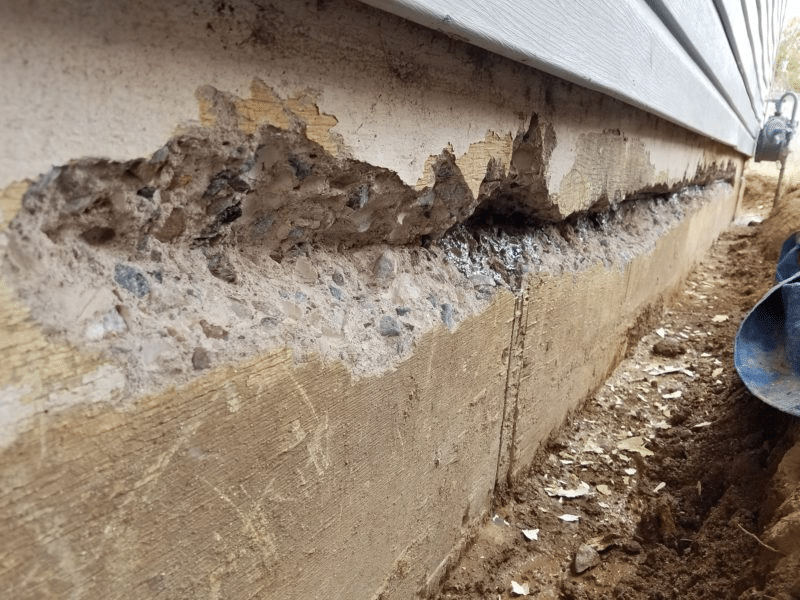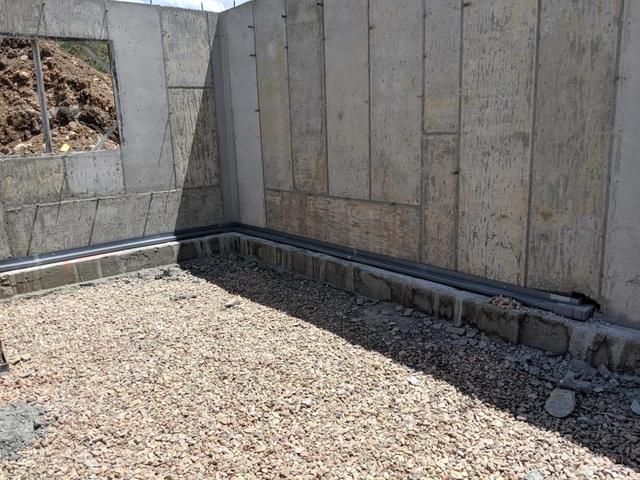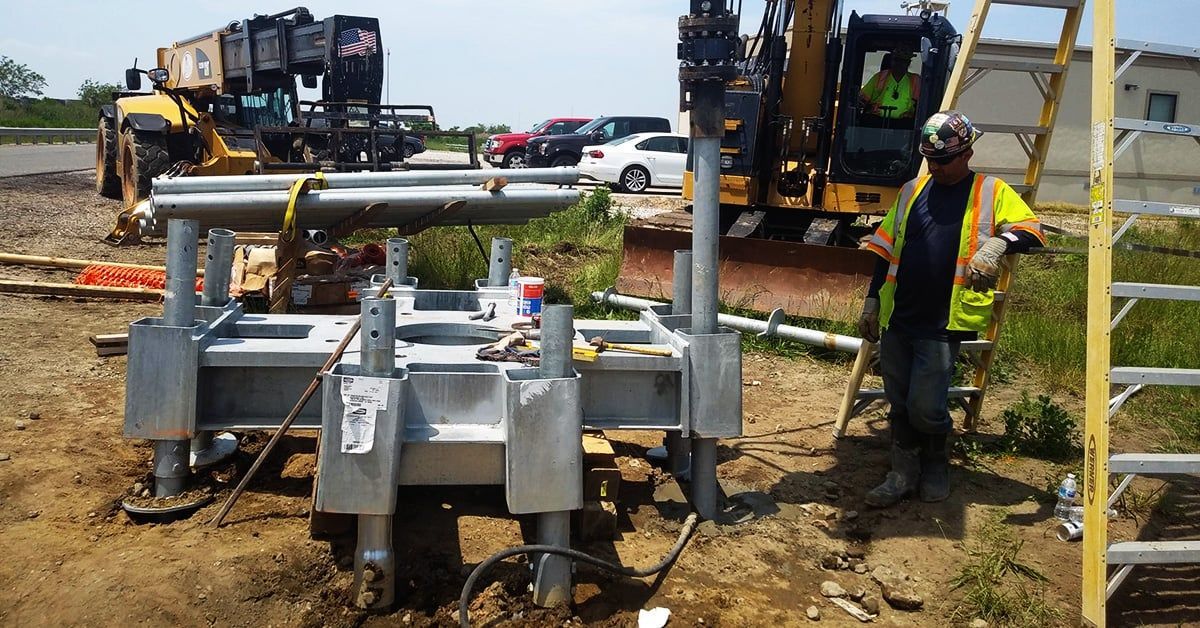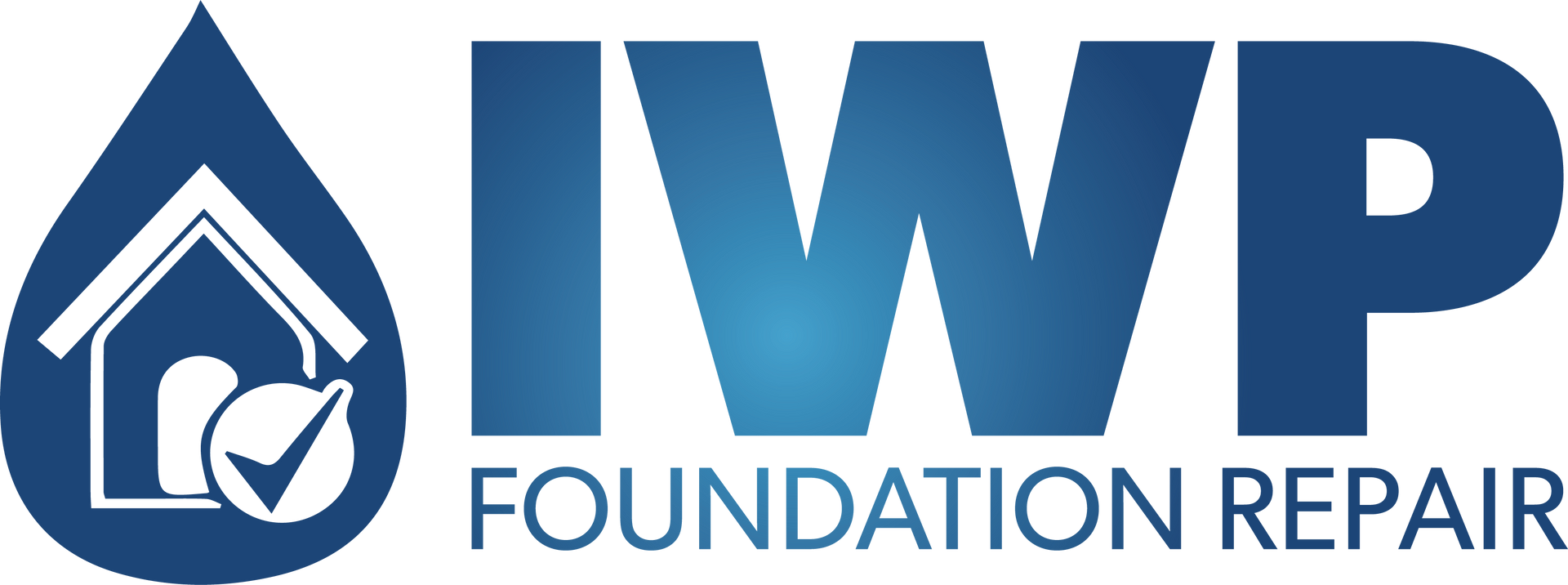Types of Foundation Damage
Understanding Different Types of Foundation Damage: A Comprehensive Guide
Your home's foundation is its cornerstone, providing stability and support. Over time, various factors can lead to foundation damage, which, if left unaddressed, can compromise the structural integrity of your property. This comprehensive guide aims to shed light on the different types of foundation damage, their causes, and the signs to watch out for.

Part 1: Types of Foundation Damage
Cracks in the Foundation
- Horizontal Cracks: These are often caused by hydrostatic pressure from water-saturated soil. They are typically a sign of severe foundation stress.
- Vertical Cracks: These cracks can result from settling or heaving of the foundation. They may appear as hairline cracks or widen over time.
- Diagonal Cracks: Diagonal cracks can occur due to expansive soils, inadequate drainage, or tree root intrusion. They are common in areas with clay soils.
Settling and Sinking Foundations
- Settling: This is the downward movement of the foundation and can lead to uneven floors, cracked walls, and door/window misalignment.
- Sinking: Sinking foundations may occur if the soil beneath the foundation can no longer support the weight of the structure.
Foundation Heave
- Foundation heave refers to the upward movement of a foundation. This can happen when expansive soils, like clay, swell due to excessive moisture. It can lead to uneven floors and wall cracks.
Bowing or Bulging Foundation Walls
- Bowing or bulging foundation walls can result from hydrostatic pressure, poor construction, or tree root pressure. These walls may appear to curve inward or outward.
Foundation Setback or Shear
- Foundation setback occurs when the Foundation walls separate from the structure above due to lateral pressure from the soil. This can lead to a tilting or leaning foundation.
Foundation Underpinning and Piering
- Foundation underpinning and peering involve adding support to a weakened or settling foundation by installing piers or piles. This is a repair method to address various types of foundation damage.
Part 2: Causes of Foundation Damage
Soil Conditions
- Expansive soils, like clay, can shrink and swell with moisture changes, leading to foundation heave and settling.
- Poorly compacted or loose soils can result in foundation settling.
- Soil erosion can undermine the foundation's support.
Hydrostatic Pressure
- Excessive water accumulation around the foundation can exert pressure on the walls, causing cracks and bowing.
- Poor drainage systems can contribute to this issue.
Tree Root Intrusion
- Tree roots seeking water can infiltrate the soil beneath the foundation, causing upheaval, settling, and cracks.
Construction Defects
- Poorly designed or constructed foundations can be more prone to damage. Inadequate reinforcement or subpar materials can lead to problems.
Climate and Weather Conditions
- Freezing and thawing cycles can cause soil expansion and contraction, impacting the foundation.
- Drought can dry out the soil, leading to settling.
Part 3: Signs of Foundation Damage
Cracks in Walls and Floors
- Watch for horizontal, vertical, or diagonal cracks, especially if they widen over time.
Uneven Floors
- If your floors slope or feel uneven, it could indicate settling or heaving.
Stuck Doors and Windows
- Difficulty in opening and closing doors and windows may be a sign of foundation problems.
Gaps Between Walls and Ceilings or Floors
- Separation of walls from other structural elements can indicate foundation setback or shear.
Bowing or Bulging Walls
- If your foundation walls appear curving or leaning, this is a clear sign of trouble.
Cracked or Displaced Foundation
- Obvious foundation cracks or displacement of the foundation from the structure is a red flag.
Understanding the various types of foundation damage, their causes, and the telltale signs is crucial for homeowners. Timely recognition of foundation problems can save you from costly repairs and maintain the structural integrity of your home. Regular inspections and addressing issues promptly with professional help are key to ensuring your home's foundation remains solid and secure for years to come. Don't ignore the warning signs- a strong foundation is the foundation of a strong home.










HAVE PEACE OF MIND WITH IWP FOUNDATION REPAIR
With over 30 years of combined experience in the business, you know that you can trust our team to get the job done right the first time. We value the customer experience, which is why we take the time to listen to your concerns, answer all your questions, and explain the best plan of action for your home. If you’ve noticed any foundation issues at all, no matter how minor they seem, you should call a professional. Our expert team is waiting for you, so call today for a free evaluation!


